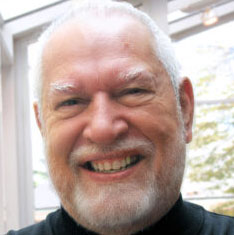The TWiVerati revisit possible sexual transmission of Zika virus, and reveal how a cell protein that allows hepatitis C virus replication in cell culture enhances vitamin E mediated protection against lipid peroxidation.
The TWiVniks consider the role of a cell enzyme in removing a protein linked to the 5′-end of the picornavirus genome, and the connection between malaria, Epstein-Barr virus, and endemic Burkitt’s lymphoma.
Lee joins the TWiV team to discuss the value of post-doctoral training, and how a cellular microRNA assists in the replication of hepatitis C virus.
The TWiV team discusses transmission of Ebola virus, and inhibition of Borna disease virus replication by viral DNA in the ground squirrel genome.
The authors of the popular textbook Principles of Virology discuss how the book was conceived and written.
Vincent, Alan, Rich and Marc discuss the finding that a limited number of incoming herpesviral genomes can replicate and express in a cell, and controlling viral replication in Aedes aegypti with a Wolbachia symbiont.
Vincent, Dickson, and Rich continue Virology 101 with a second installment of their discussion of how viruses with DNA genomes replicate their genetic information.
Vincent, Dickson, and Rich continue Virology 101 with a discussion of how viruses with DNA genomes replicate their genetic information.









